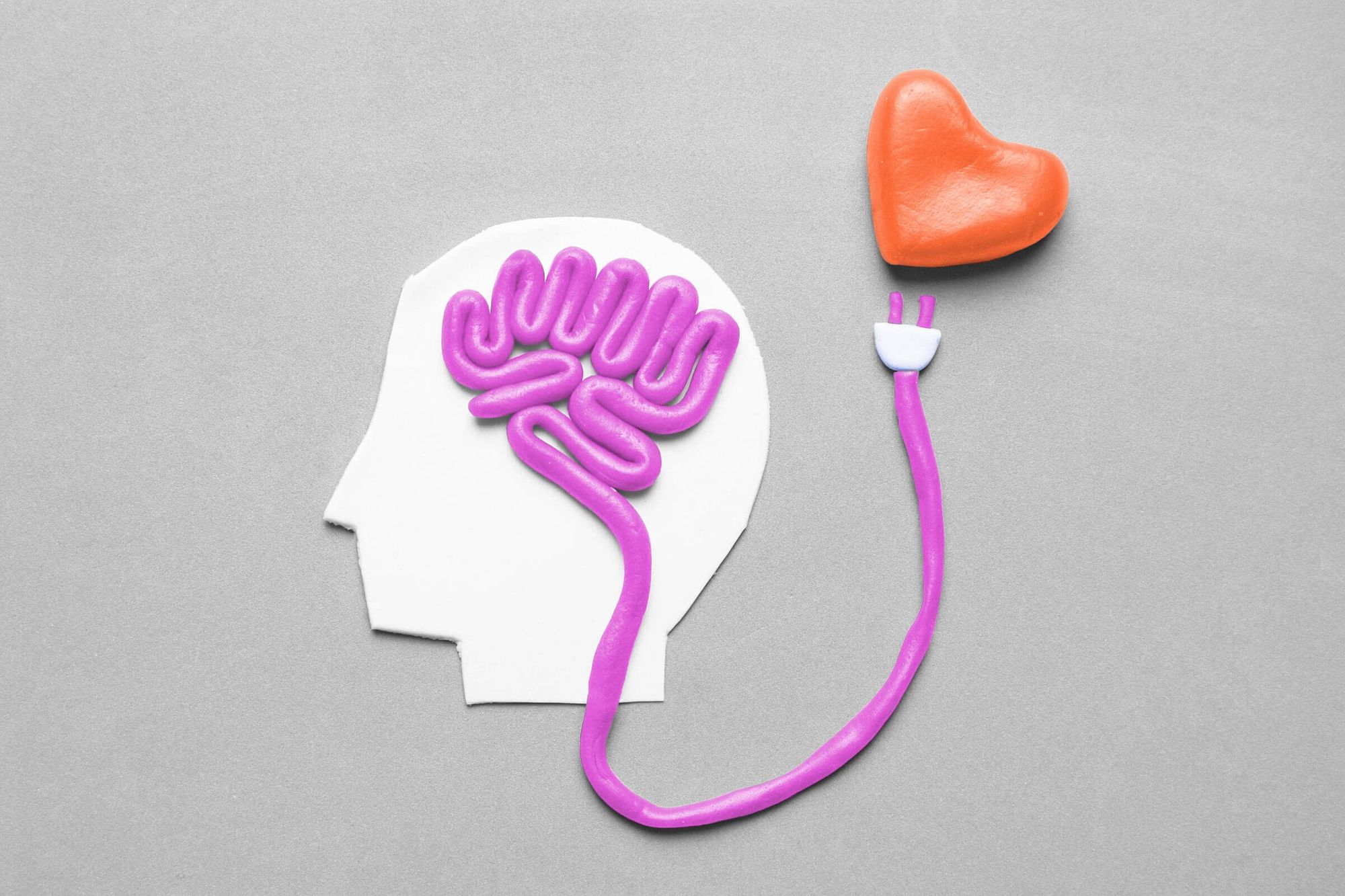
Information from your central nervous system travels at up to 268 mph.
From the automatic tasks of regulating breathing and blood pressure to the voluntary efforts needed for muscle movement, the central nervous system puts in a lot of work to maintain the complex mechanisms of the human body. Pace is crucial to keep this system running smoothly — which is why some signals from our body’s command centers can reach a speed of 268 miles per hour.
In a nutshell, nerve cells in the brain and spinal cord send information through branching nerve fibers known as axons, which release chemicals across microscopic gaps to be picked up by other cells and synthesized by the appropriate areas of the body. The speed of this process varies according to the size and properties of the nerve fiber; bulky A-alpha axons, which can be 20 micrometers in diameter, have the bandwidth to generate the fastest impulses. Additionally, gaps along axons that are covered by a sheath of fats and protein, known as myelin, contain positive sodium ions that keep signals charged for rapid transmission.
So which bodily act necessitates the thickest channels to conduct information at speeds approaching those of the world’s fastest cars? That would be the delicate balance required for proprioception, our ability to sense the movement and positioning of body parts without looking. At the other end of the spectrum are the unmyelinated fibers that relay pain signals at a near-crawl of 1 mile per hour — evidence that our central nervous systems at least attempt to cushion the blow when serving as the bearer of bad news.
Myelin does more than facilitate the high-speed transport of brain signals, as it also provides a layer of insulation for the fibers that execute this crucial process. When myelin is damaged, the central nervous system stimulates the production of cells called oligodendrocytes to repair the harm. However, neurological diseases such as multiple sclerosis attack both the myelin and the oligodendrocyte-producing cells, resulting in disrupted signals and telltale MS signs such as impaired vision and speech. To this point, the discovery of a clear method to undo nerve cell damage has largely eluded medical researchers, although some recent trials have pointed to a potential breakthrough. Among them, treatments involving the over-the-counter antihistamine clemastine have produced evidence of myelin regeneration, providing hope that a cure can be found in the lifetime of at least some of the 2.8 million people now living with MS.

